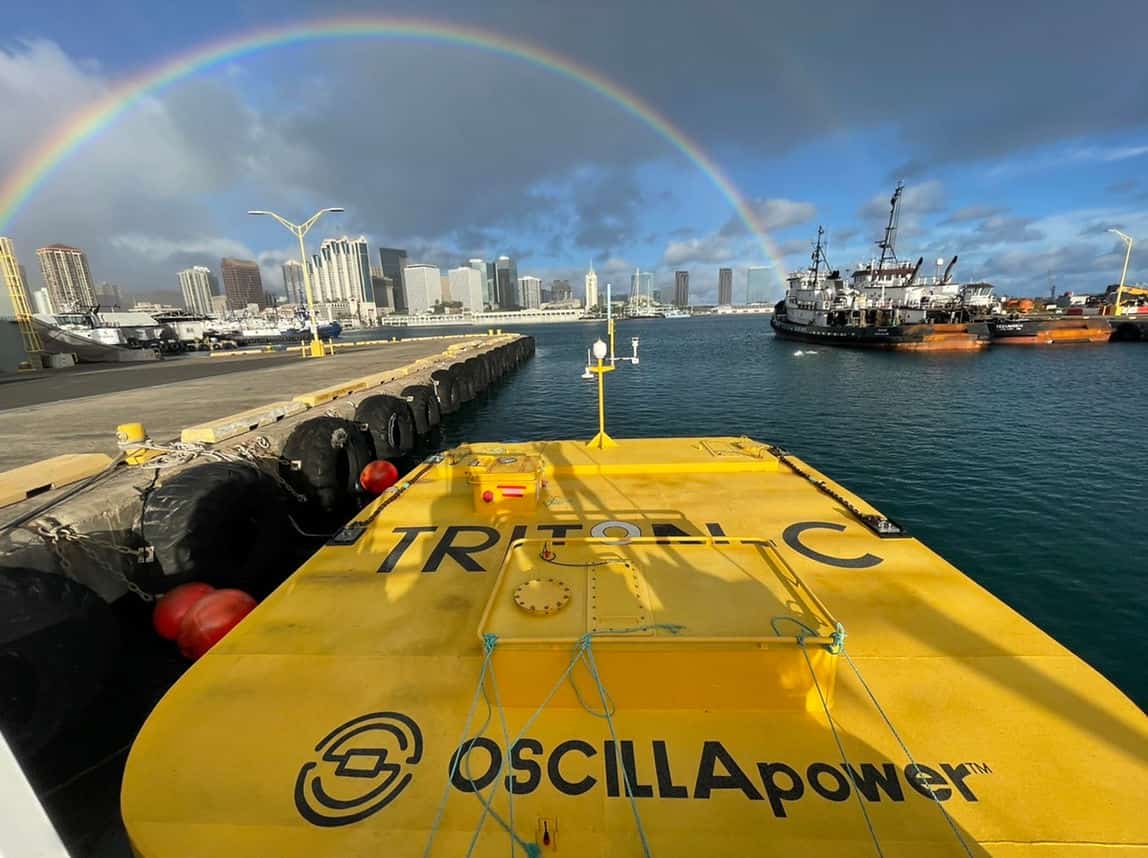
The U.S. Department of Energy (DOE) has made a groundbreaking (sea splitting?) investment of $45 million in funding to propel tidal and current energy development, marking a significant milestone in the sector. As part of President Biden’s Invest in America Agenda and the Bipartisan Infrastructure Law, this funding aims to establish the first large-scale tidal and current energy research, development, and demonstration site in the United States, while also supporting a community-led project. The investment will be divided into two topic areas: up to $35 million for a pilot technology demonstration site in state waters and up to $10 million for a community-led planning and development project.
Unlocking the potential of marine energy
Marine energy technologies, which include tidal and current systems, have the potential to significantly contribute to clean energy goals by harnessing power from tides and currents. Tidal energy systems capture power from the movement of water created by the moon’s gravitational force, while current energy systems utilize the directional flow of water. With a predictability that can help balance other renewable energy sources, marine energy resources in the United States are equivalent to nearly 60% of the country’s total power generation in 2019.
Despite being in the early stages of development, marine energy technologies can make substantial contributions to a 100% clean energy grid, assisting in achieving President Biden’s goal of a net-zero economy by 2050. The $45 million funding opportunity represents DOE’s largest investment in marine energy to date and will encourage U.S. leadership in tidal and current energy development.
Technology and community-led initiatives
There are two topic areas for the funding. Topic area 1, with up to $35 million, aims to develop a pilot tidal and/or current energy technology demonstration site, demonstrating commercial viability and kickstarting the industry in the United States. Topic area 2, with up to $10 million, supports a community-led tidal and/or current energy planning and development project, creating a collaborative partnership between developers and communities. The development of these technologies aims to provide valuable feedback for research, help establish performance, lower costs, address integration challenges, and ultimately scale up production in the growing global market for decentralized community energy systems.
European Union’s commitment to ocean energy
Across the Atlantic, the European Union (EU) also recognizes the abundant, renewable, and predictable nature of ocean energy, which has the potential to meet 10% of the EU’s power demand by 2050. With various development stages for ocean energy technologies in Europe, the EU supports funding projects focused on reliability demonstration, survival in aggressive sea conditions, and risk reduction for developers and investors. The ultimate goals are to achieve cost competitiveness and demonstrate market potential.







